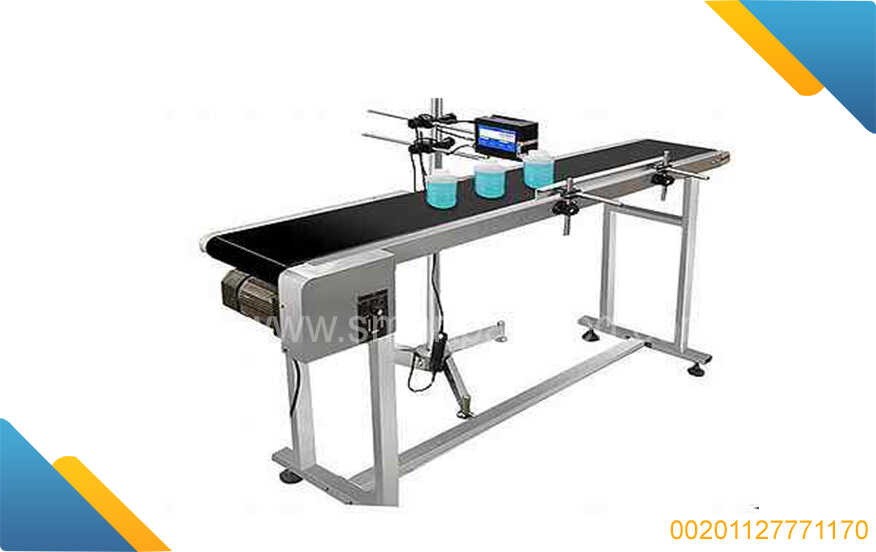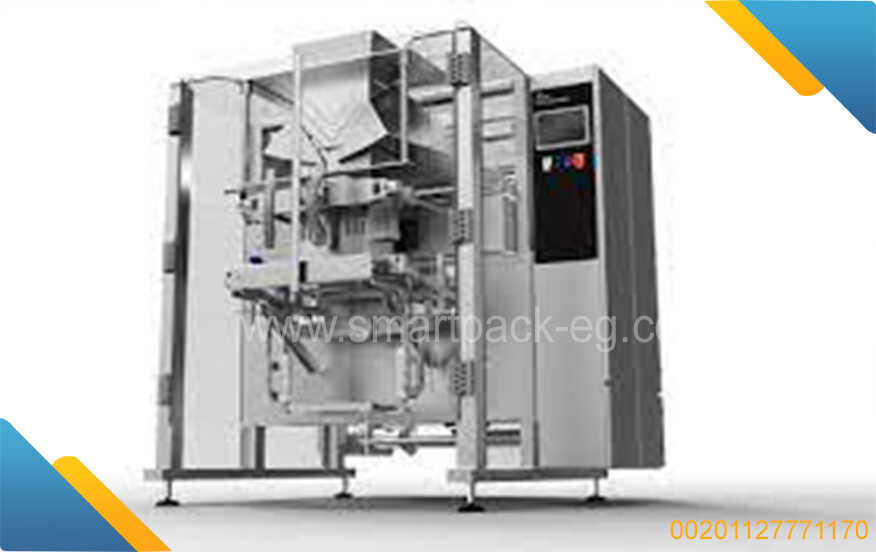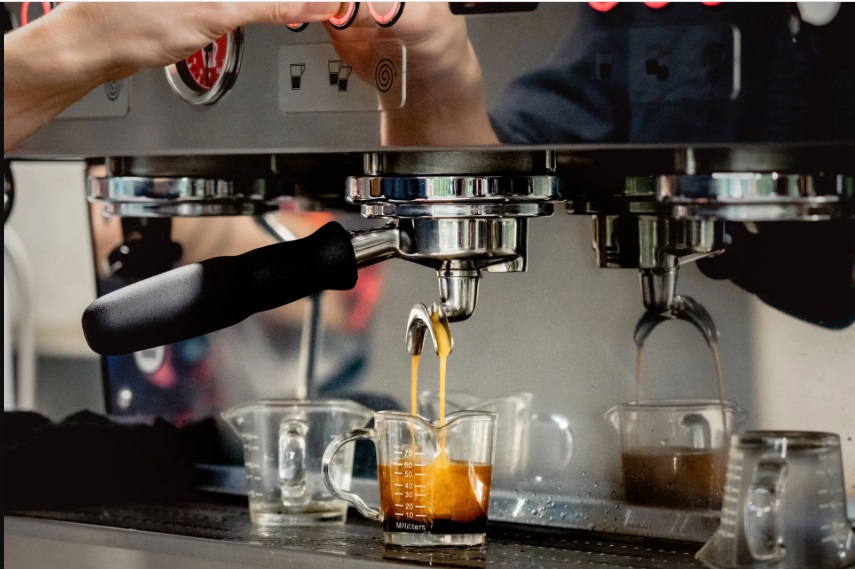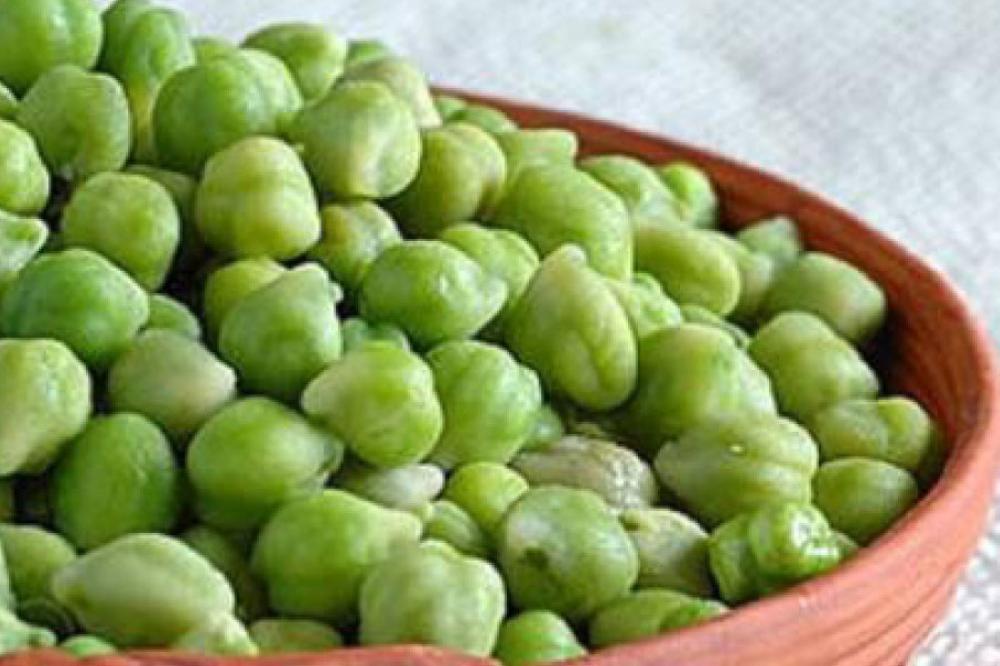How to Guide: Filling, Packaging, and Manufacturing Organic Fertilizers in Egypt
Introduction:
In this guide, I will walk you through the essential steps involved in filling, packaging, and manufacturing organic fertilizers in Egypt. Organic fertilizers are becoming increasingly popular due to their environmentally friendly nature and the growing demand for organic produce. By following these steps, you can start your own organic fertilizer project and contribute to sustainable agriculture in Egypt.
Step 1: Understanding Organic Fertilizer Production
Before diving into the manufacturing process, it is crucial to gain a solid understanding of organic fertilizers. Research different types of organic materials, such as compost, manure, bone meal, and seaweed extracts, and their nutrient compositions. Familiarize yourself with local regulations and standards governing organic fertilizer production in Egypt.
Step 2: Setting Up a Manufacturing Facility
A well-equipped manufacturing facility is essential for efficient fertilizer production. Identify a suitable location that provides enough space for storage, processing, and packaging. Ensure the facility is equipped with necessary machinery like mixers, shredders, grinders, and packaging equipment. Obtain the required permits and licenses to operate legally.
Step 3: Sourcing Organic Materials
Collect organic materials from reliable sources such as organic farms, poultry farms, or livestock facilities. Make sure the materials are free from contamination and meet organic certification standards. Build relationships with suppliers to ensure a consistent supply.
Step 4: Material Preparation and Mixing
Prepare a recipe for your organic fertilizer blend based on its intended use and the nutrient requirements of different crops. Combine the organic materials in the desired ratios and mix thoroughly to ensure uniform distribution of nutrients. Consider using specialized mixer machines for efficient blending.
Step 5: Granulation or Pelletization (Optional)
If you prefer granulated or pelletized fertilizers for easier handling and application, you can opt for this additional step. Use a granulator or pelletizer machine to convert the blended mixture into granules or pellets. This process helps improve fertilizer appearance, ease of application, and nutrient release control.
Step 6: Filling and Packaging
To maintain the quality and shelf life of your organic fertilizers, proper packaging is crucial. Choose packaging materials that are eco-friendly and durable, such as bags made from biodegradable materials. Invest in packaging machinery like fillers, sealing machines, and labeling equipment for efficient and accurate packaging.
Step 7: Quality Control and Testing
Implement a robust quality control system to ensure the consistency and efficacy of your organic fertilizers. Regularly test samples from each batch to verify nutrient content, moisture levels, pH balance, and absence of contaminants. Adhere to international and local standards to enhance customer trust and satisfaction.
Step 8: Marketing and Distribution
Develop a marketing strategy to promote your organic fertilizers in the Egyptian market. Identify potential customers, including farmers, nurseries, and agricultural cooperatives. Utilize digital platforms, agricultural exhibitions, and word-of-mouth recommendations for effective marketing. Establish distribution channels to reach your target market efficiently.
Conclusion:
Starting a project for filling, packaging, and manufacturing organic fertilizers in Egypt requires careful planning, understanding of organic fertilizers, equipped facilities, sourcing organic materials, efficient production methods, quality control measures, and effective marketing strategies. By following this step-by-step guide, you can contribute to sustainable agriculture in Egypt by producing high-quality organic fertilizers.

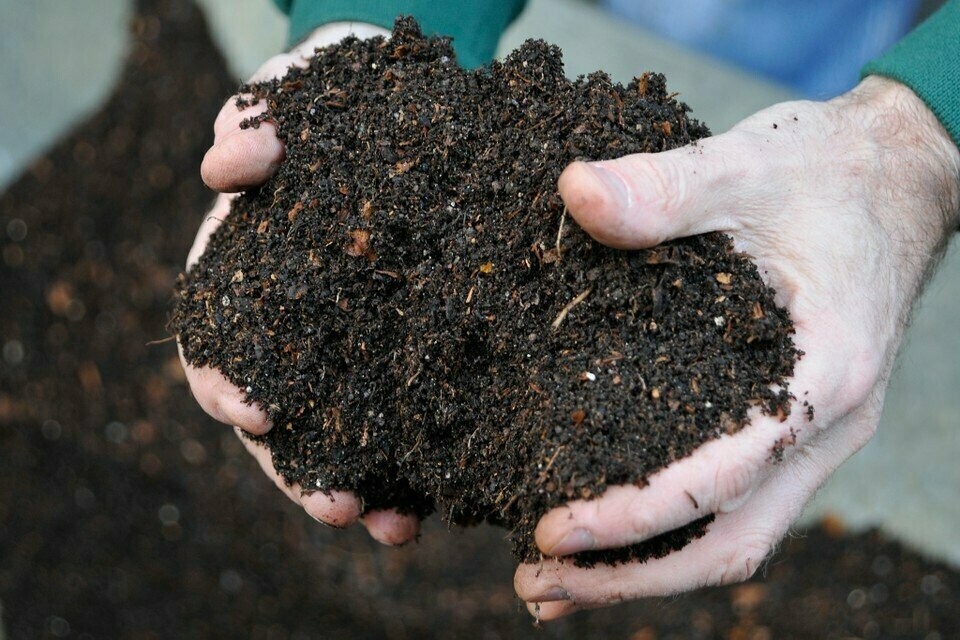
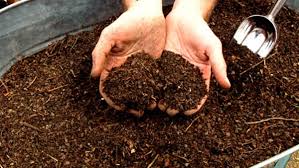
 Admin
Admin 